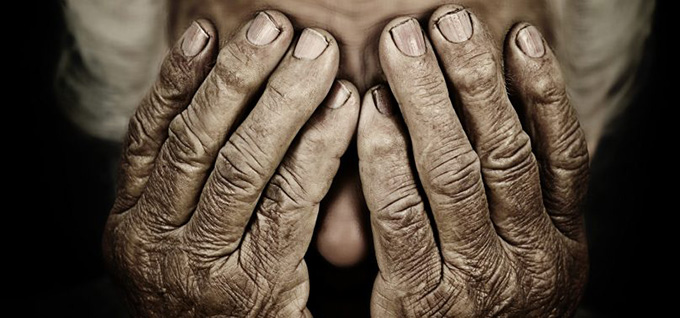
The aging population faces a severe threat from the very institutions charged with providing their care.
The healthcare field is bracing itself for the imminent surge in demand created by the Boomer population. As more aging adults enter long-term care, safety is a growing concern.
The cost of long-term in-patient senior care averaged $7,500 to $8,500 in 2018. Nevertheless, many nursing home patients across the United States do not receive adequate care. In many cases, the treatment of senior patients is abusive.
Nursing Home Elder Abuse Is a Global Issue
One in 10 Americans over the age of 60 have experienced Elder abuse, according to the National Council on Aging (NCOA). However, officials have trouble determining an accurate number of yearly abuse cases because many incidents go unreported.
The organization estimates that caretakers abuse approximately 5 million senior citizens every year. NCOA representatives express that mental impairment and isolation leave elderly patients open to abuse.
Two out of three surveyed nursing home staff members admitted that they’ve committed elderly abuse, according to a World Health Organization survey conducted in 2017. Signs of elder abuse can include bruises, soreness, pain, welts and wounds.
Elder abuse places seniors at increased risk of premature death. Furthermore, abused seniors suffer from psychological effects such as anxiety, fear and feelings of helplessness. Also, the trauma of elder abuse can lead senior patients to contract posttraumatic stress disorder (PTSD), according to the Centers for Disease Control (CDC).
The National Council on Aging reports that seniors are also victims of financial abuse. Malicious actors may take advantage of senior citizens by stealing cash or checks, commandeering patient bank accounts or even forging signatures on patient documents such as wills.
The Problem Is Worsening – Quickly
In 2017, the Department of Social Services fielded over 10,000 reports of elder abuse. Of those, the agency investigated approximately 7,200 incidents.
Self-neglect – where seniors were unable to care for themselves – accounted for most of the complaints, while elder abuse perpetrated by a third-party accounted for 30% of the allegations. Other reports included:
- Abandonment
- Emotional abuse
- Financial crimes
- Physical abuse
- Senior neglect
- Sexual abuse
Says DSS officials, every crime that perpetrators can commit against the senior population is on an upward trend.
According to the United States Justice Department, one in 10 American seniors are victims of abuse. Justice Department officials forecast that the problem will increase as the aging population expands.
Some analysts say that reports of elder abuse are rising because there is greater awareness of the problem. Still, many cases go unreported.
Sometimes senior victims are too embarrassed to report abuse. In other cases, seniors don’t want to report incidents of abuse because of the fear that speaking up will result in an extended stay in long-term care.
Improving Quality of Life for Seniors
In any field, social workers work to improve the well-being and quality of life for individuals. In long-term care settings, social workers can make a significant and positive impact on the quality of life for seniors.
There was no legal requirement for nursing homes to hire social workers before 1987. Despite a relatively recent enactment to that effect, many nursing home facilities continue to fail to meet mandated care requirements.
One area where America’s nursing homes fall short is that they do not hire sufficient social workers. In 2003, the Office of the Inspector General (OIG) found that nearly half of Medicaid-sponsored long-term care facilities maintained inadequate treatment plans.
The OIG determined that there is a need for improved planning among the nation’s long-term care facilities. Improved social services could better serve the needs of the senior population’s emotional and social needs.
In America’s nursing homes, social workers can help to ensure that senior patients receive adequate emotional, social, mental and physical care. A full-time social worker can monitor patient statuses with formal assessments and ongoing interaction with senior residents.
Monitoring Is the First Step in Solving the Problem
Adult Protective Services (APS) tracks the exploitation of the senior population using the National Adult Maltreatment Reporting System (NAMRS).
The collection of data about the senior population across the United States is an essential undertaking. Adult Protective Services ensures that there is sufficient funding for elder abuse administration, prevention and victim services.
The NAMRS system is now in its fourth year of operation. The data collected by NAMRS provides officials with an understanding of living conditions for America’s aging population at a given time.
However, there are many gaps in the agency’s censuses prior to the launch of NAMRS. Resultantly, it’s difficult for the organization to analyze trends and elder abuse over time.
Each year, state boards improve NAMRS reporting. Resultantly, the quality of information is improving as state officials find better ways to work with the system.
The Administration for Community Living provides grants that enables state agencies to improve data collection about adult exploitation. Hopefully, a better understanding of the problem will eventually help agencies figure out how to improve living conditions for America’s rapidly expanding aging population.
